Vladimir Dinets in the news!
Vladimir Dinets in the news!
http://www.popsci.com/snakes-hunt-packs
10 Comments
-
Jim Tassano
I looked that up, but I thought this other work of yours was even more interesting:
https://blogs.scientificamerican.com/tetrapod-zoology/tool-use-in-crocodylians-crocodiles-and-alligators-use-sticks-as-lures-to-attract-waterbirds/ -
Alan D
Well done Vladimir. That’s pretty darn interesting and would be really cool to see. Did you happen to take any video?
-
-
-
Jim Tassano
The paper is at http://animalbehaviorandcognition.org/uploads/journals/14/02%20Feb2017%20Dinets_HH(7)_final.pdf You don’t have to answer these questions, but some of us might like the other side of the story.
Were you there to study bats, originally, and then switched to the snakes? What does that cave actually look like? (I could not find any photos) Do you have photos? How deep? Dark? I presume there has to be sufficient light for the snakes to see their prey. How long do you stay in the cave? Do you wear respiratory protection? -
Vladimir Dinets
Originally I was there guiding a bird+mammal-watching tour (there is a trip report on this site), and stumbled upon the cave while looking for bats other than Artibeus jamaicensis 🙂 The cave is an open sinkhole with short passages leading in all directions; there aren’t many formations and nothing particularly interesting from geological point of view (there are lots of similar caves in the park). It is not particularly deep (you can see the entrance light from the farthest point). I stayed there for a couple hours every morning and evening, and didn’t wear any protection because it’s not a so-called hot cave.
Leave a Reply
You must be logged in to post a comment.


Vladimir Dinets
Thanks! Many of my papers make it into the mainstream media, but somehow it doesn’t translate into career enhancements. The best media coverage ever was by Steven Colbert: he commented on my paper on tree-climbing behavior in crocodiles, saying “Great, one more animal I have to worry about shitting on me!”